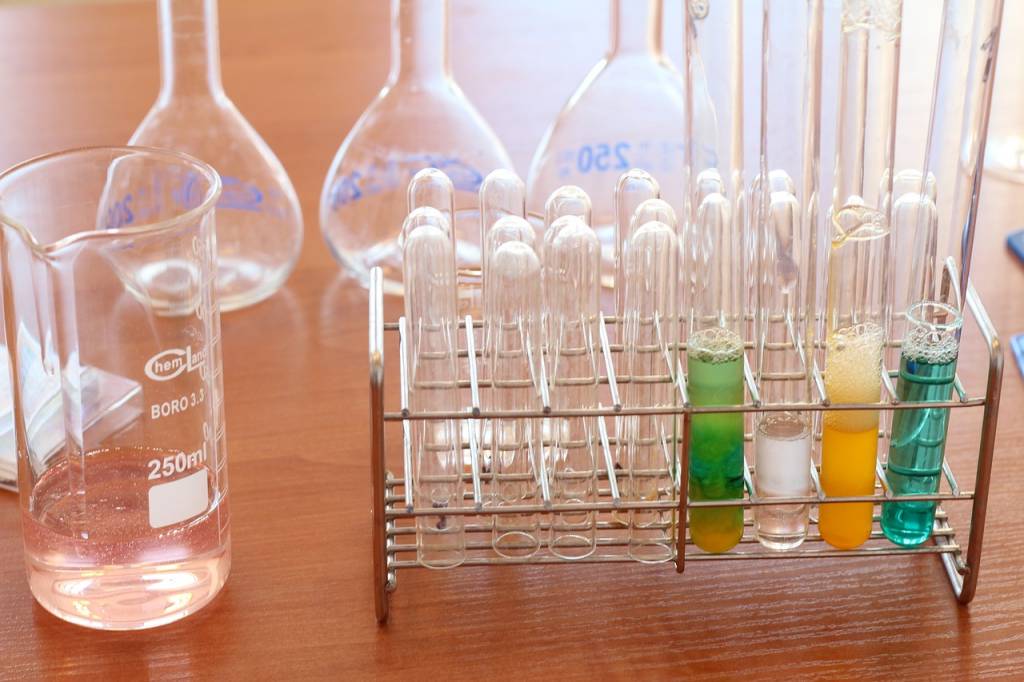Understanding PFAS Chemicals
Per- and polyfluoroalkyl substances, commonly referred to as PFAS, represent a large group of man-made chemicals that have been used in a wide range of industrial applications and consumer products globally since the 1950s. Known for their durability and resistance to water, grease, and stains, PFAS have been incorporated into everything from non-stick cookware to water-repellent clothing and firefighting foams.
Unfortunately, the characteristics that make PFAS so useful in various products also make them a challenge when it comes to environmental contamination and human health. These chemicals do not break down easily and can persist in the environment and accumulate in the human body over time, leading to potential adverse health effects.
The Ubiquitous Presence of PFAS
PFAS are used in a myriad of products due to their versatility and effectiveness in providing resistance to water, oils, and heat. Common items that may contain PFAS include food packaging like pizza boxes and popcorn bags, stain-resistant fabrics and carpets, cleaning products, and personal care items such as shampoo and cosmetics.
Despite their widespread use, it is the persistence and bioaccumulation potential of PFAS that have become a major environmental and health concern. Studies have found PFAS in water supplies, soil, air, and even in the blood of humans and animals, raising alarms about the long-term exposure effects.
Health Risks Associated with PFAS Exposure
Research into the health effects of PFAS exposure is still ongoing, but several studies have linked these chemicals to various health problems. Potential health risks include increased cholesterol levels, thyroid hormone disruption, weakened immune response, and increased risk of certain cancers such as kidney and testicular cancer.
Additionally, PFAS exposure has been associated with reproductive and developmental issues. Pregnant women and children are particularly vulnerable to PFAS-related health impacts. Efforts to understand the full scope of health risks continue as PFAS remain a topic of significant scientific and regulatory focus.
Regulatory Actions and Safety Measures
Given the growing evidence of PFAS contamination and its potential health risks, governments and regulatory bodies worldwide have begun taking action. Some countries have implemented stricter regulations to limit industrial discharges of PFAS and phase out specific PFAS compounds in products.
In the United States, for instance, the Environmental Protection Agency (EPA) has established health advisory levels for certain PFAS in drinking water and is working towards creating enforceable standards. Similarly, the European Union has been actively working on regulations to manage and reduce PFAS exposure.
Efforts to Mitigate PFAS Contamination
Addressing PFAS contamination is a complex challenge due to the sheer number of chemicals involved and their persistent nature. However, numerous initiatives are underway to mitigate the impact of PFAS and minimize exposure risks.
- Development of alternative chemicals: Researchers are exploring and developing safer alternatives to PFAS that can perform similar functions without the associated health and environmental hazards.
- Improved filtration and treatment technologies: Advanced filtration systems and innovative treatment methods are being designed to remove PFAS from water sources effectively.
- Public awareness and education: Increasing public awareness about PFAS and their potential risks helps consumers make informed choices about the products they use.
Moreover, various companies and organizations are investing in research to better understand pfas meaning and develop more efficient ways to combat their spread.
What Individuals Can Do
While regulatory actions and industrial measures go a long way in addressing PFAS issues, individual actions can also play an essential role in minimizing exposure and supporting broader efforts. Here are some steps individuals can take:
- Check product labels: Be aware of products that may contain PFAS and look for PFAS-free labels, especially when purchasing non-stick cookware, water-repellent clothing, and food packaging.
- Stay informed: Keep up to date with news and developments regarding PFAS regulations and research to make mindfulness choices regarding product use and environmental safety.
- Support local initiatives: Participate in or support local environmental initiatives aimed at improving water quality and reducing PFAS contamination in the community.
The Path Forward
Tackling the challenges posed by PFAS chemicals requires a concerted effort involving government bodies, industries, researchers, and communities. It involves both preventing further contamination by limiting the use of PFAS in products and addressing existing pollution through innovative and effective remediation strategies.
While it may take time to completely eliminate the presence of PFAS in the environment, ongoing research and regulatory measures are critical components in mitigating the health risks associated with these pervasive chemicals. Ultimately, through collaboration and commitment, significant progress towards a safer and healthier environment can be achieved.

